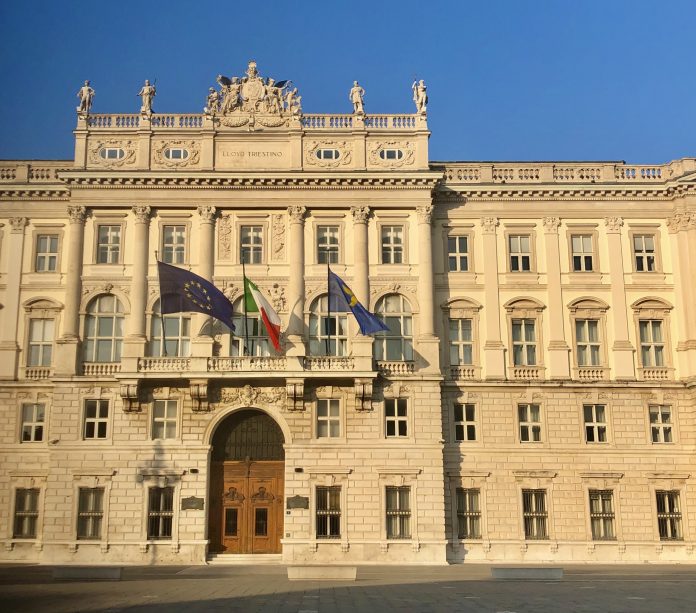by MK
Hear, hear! Mario Draghi accepted the mandate from Italian president Sergio Mattarella last week with an ambitious goal of forming a new government following the collapse of the coalition led by Giuseppe Conte.
Little did we know as we were bidding adieu to the universally abominated 2020, that 2021 would start with an Italian government’s crisis. As we watched now former PM Conte stand for votes of confidence in both Houses of Parliament, pass those votes, and yet not being able to solidify his position to run the country, all we could think of – what’s next?
Currently much loathed by the Italian public head of Italia Viva party, Matteo Renzi, stated in his recent interview with La Nazione that he has no regrets (for deliberately forcing the government crisis, that is).
While the Italian public blames him for splitting an already fractious coalition into splinters he cheerfully says that “Italy is about to get 209 billion – the sum we’ve never seen before- and I strongly believe Conte was not the right person to handle it. But Draghi is.”
What Renzi doesn’t say is that he is looking to take on a high profile role in the cabinet in the coming days, and his campaign has already begun.
But who is Mario Draghi anyway?
Born in Rome on 3 September 1947, Draghi has had a distinguished career in high finance in Italy and the EU. In 2005 he was appointed the ninth governor of the Bank of Italy and, following the global recession in 2008, he was selected to become the first chair of the Financial Stability Board, a post he held until 2011.
Draghi left both these roles to become president of the European Central Bank, going on to preside over the Eurozone crisis in 2012 and becoming famous for stating that he would do “whatever it takes” to prevent the euro from failing.
In 2014 Draghi was listed by Forbes magazine as the eighth most powerful person in the world.
Will Draghi do whatever it takes to get Italy out of crisis? We surely think so. After all, he is not a politician.
What about FVG?
It is a truth universally acknowledged that Lega pulls the strings in Friuli Venezia Giulia. As much as president Fedriga, a Lega devotee, seemed to detest PM Conte, we haven’t heard much of him lately – since the news of Draghi’s acceptance broke. Instead, he left it up to his worshiped Matteo Salvini to make a move.
If Lega wasn’t convinced of the previous government’s legitimacy, the appointment of Draghi as PM and a cabinet that will likely include its fair share of technocrats will hardly be able to count on their support for long.
Interestingly, Salvini just pledged to work with Draghi’s government underlying that he is “a bit worried” his counterparts might be the ones who tried to imprison him for “protecting the Italian borders”. But “I will do whatever it takes” he added. Wait, where did we hear that one before?
What does it all mean for Italy?
Although crisis is no news for Italian politics, this one felt a bit different as the virus emergency forced people to look to the government for answers. Perhaps, they didn’t always have the right ones but it felt like they were trying, didn’t it?
The global pandemic helped the relationship between Italian civil society and government reach a better position than ever before. That’s why the breakdown of the parties in charge of running the country isn’t just a failure of the government – it’s the betrayal of the trust earned.
Sure, Mario Draghi might help the country back on its feet. But the mere fact that he is now in charge is the hard reminder that state failed its citizens ones again and there isn’t enough helicopter money to make up for that.





























